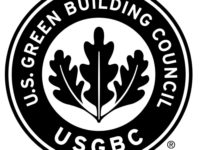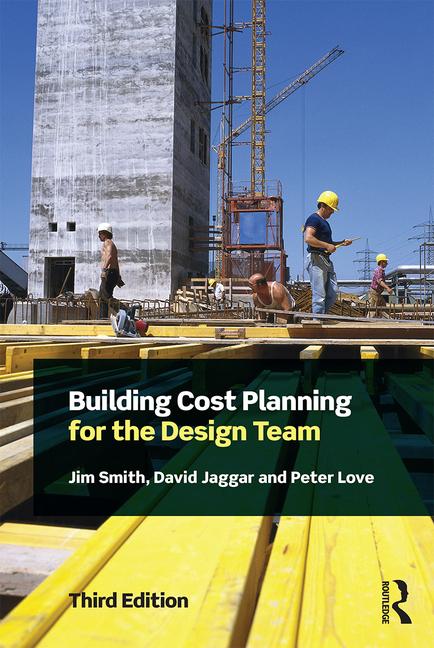The U.S. Green Building Council (USGBC) has announced that the Institute for Market Transformation to Sustainability (MTS) has assumed ownership and management of the RELi resilient building and design standard. The system was developed in 2012 by design firm Perkins+Will, MTS and others and was operated under USGBC since 2017.
“USGBC is proud to have supported Perkins+Will and MTS with the development of the RELi standard and to have helped raised greater awareness of resilient design through this collaboration, said Peter Templeton, president & CEO, U.S. Green Building Council. “USGBC is deeply committed to this work and will continue driving resilience strategies through LEED and other USGBC offerings. We are working to transform buildings and communities to meet future needs and challenges—and resilience factors prominently into this work. We believe that more sustainable buildings are the cornerstone to enhancing community resilience and that green building and resilience must go hand in hand.”
Resilience remains a priority within LEED and the RELi principles have been integrated through the LEED Resilient Design Pilot Credits. The LEED Resilient Design pilot credits are available to all new construction projects seeking to certify through LEED v4 or LEED v4.1.
- Assessment and Planning for Resilience (IPpc98): This credit encourages project teams to determine potential vulnerabilities at the project location. Risks that must be considered as part of this credit include sea level rise, extreme heat and more intense winter storms. To earn the credit, project teams must identify risks related to the effects of climate change.
- Designing for Enhanced Resilience (IPpc99): This credit ensures that the risk-related information collected as mandated by credit IPpc98 is taken into account via mitigation measures. Project teams must address either one or two of the top hazards, with one point available for each. This tiered approach allows teams to earn acknowledgement for mitigating multiple types of risks.
- Passive Survivability and Back-Up Power During Disruptions (IPpc100): This credit centers around the concept that buildings should be able to safely shelter occupants during a power outage, as well as be able to provide back-up power.
“The work with USGBC on approving RELi 2.0 was invaluable and a strong foundation for the further refinement of RELi that MTS will propose for a national consensus vote,” said Mike Italiano, MTS CEO and USGBC founder.
“USGBC also plans to develop additional resiliency-related LEED credit strategies to ensure that the practice of green building is increasingly well-positioned to support the development of resilient buildings, communities and cities” added Templeton. USGBC’s LEED Climate Resilience Screening Tool, available for LEED v4, evaluates the resilience potential of each LEED credit. For examples of LEED-certified projects that have exhibited exemplary resilience, see the Profiles in Resilience brief.





